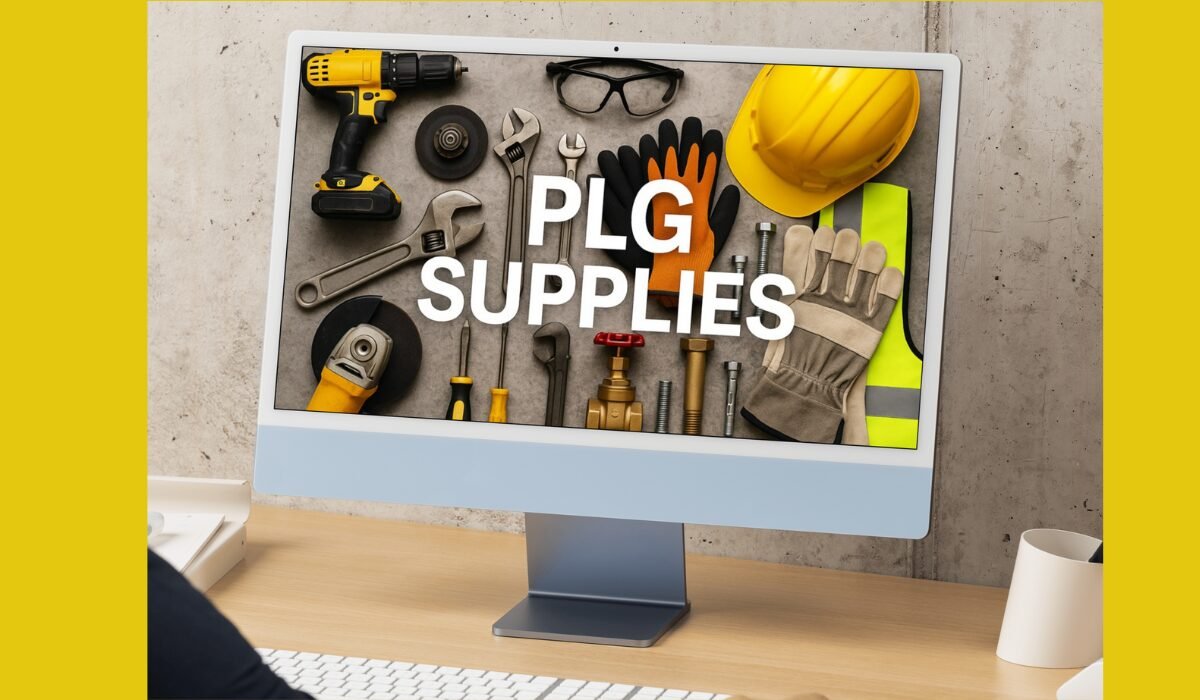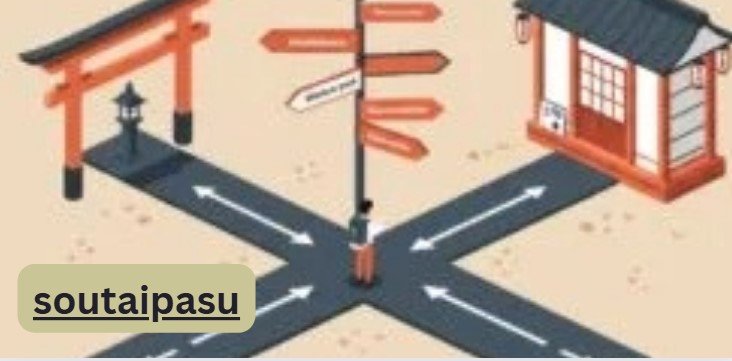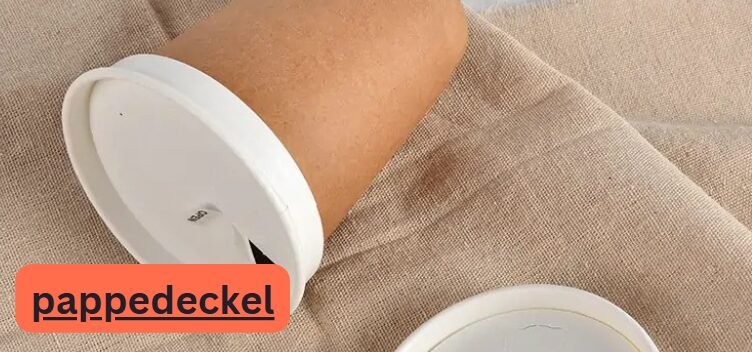When too much water collects in places it shouldn’t, it can cause structural damage, mold growth, and health issues. This is known as water damage. Common causes include natural disasters, plumbing failures, and roof leaks. According to the EPA, even minor water damage can result in mold growth and air quality issues. If not dealt with promptly, this could negatively impact indoor air quality and pose chronic health hazards.
When faced with water damage, timely intervention is crucial. Services like Pure Restore offer the expertise needed to handle such crises effectively. They understand the complexities involved and provide professional solutions to mitigate further damage. If homeowners address the problem immediately, they can prevent significant damage and save money on costly repairs.
Risks of Ignoring Water Damage
Ignoring water damage can cause structural and health issues, leading to expensive repairs and property degradation. Structural components like wood, drywall, and insulation can degrade over time, compromising property integrity. Unaddressed water intrusion can breed mold, posing health risks, especially for those with respiratory issues and allergies. Financially, it can lead to increased repair costs and property value loss. Additionally, water damage can cause electrical hazards if it comes into contact with electrical systems, increasing the risk of fire or electrocution.
Steps in Water Damage Restoration
Water damage repair is methodical and all-inclusive, carefully cleaning and restoring all impacted areas. These steps include:
- Inspection and Assessment: Professionals evaluate the extent of the damage. This includes checking for water contamination levels and assessing affected materials. Detailed documentation and photos are often taken to aid in insurance claims.
- Water Removal: Pumps and vacuums remove standing water. Rapid removal is crucial to prevent further damage, such as mold growth, and it also helps minimize the duration of the restoration process.
- Drying and Dehumidifying: Industrial-grade equipment is used to dry affected areas. This step removes the remaining moisture trapped in materials like drywall and wood, which can otherwise lead to warping or mold growth.
- Cleaning and Sanitizing: Contaminated areas are thoroughly cleaned and sanitized using antimicrobial treatments. This keeps the environment healthy and stops mold and dangerous germs from growing.
- Restoration: Repairs are made to return the property to its pre-damage state. If structural components were impacted, this may require more involved upgrades, or it could only involve minor fixes like hanging new carpet and fixing damaged drywall.
Benefits of Professional Restoration Services
While DIY methods might seem cost-effective, professional services are crucial for thorough water damage restoration. Professionals have the right equipment and knowledge to complete the task quickly and safely. According to the Insurance Information Institute report, hiring professionals can prevent further damage and reduce overall costs. Professional restoration companies adhere to local regulations and industry standards, ensuring comprehensive and safe restoration. They use advanced equipment and techniques not typically accessible to homeowners and offer a guarantee of work to address any post-restoration issues promptly. This provides homeowners with peace of mind.
Why Time is of the Essence
Time is crucial in water damage restoration, as prolonged water exposure can cause more damage. Quick action is necessary to stop mold from growing within 24 to 48 hours, which would lower expenses and complicate repair. A fast response can prevent secondary damage and reduce extensive repair timelines and emotional and financial stress. Proactive action saves on future costs and ensures home safety and integrity.
Choosing the Right Restoration Services
When choosing a water damage restoration service, consider factors like experience, certifications, and customer reviews. Ensure the service offers comprehensive services and has the necessary equipment. Look for IICRC-certified companies for industry-standard processes and state-of-the-art equipment. Ensure transparency in pricing and service offerings, with no hidden costs. Opt for companies with detailed written estimates and step-by-step restoration plans. Customer support and after-service care are crucial for a seamless restoration experience.
Preventing Future Water Damage
Homeowners can prevent future water damage by implementing preventive measures such as regular plumbing, roofing, and drainage system inspections, installing water detection devices, maintaining proper humidity levels, sealing cracks, and ensuring adequate ventilation. Clear gutters and landscaping can direct water away from the foundation, while regular maintenance and repairs of roof and plumbing systems reduce the risk of water damage. Investing in automatic shut-off valves and sump pumps can also provide additional protection against unexpected water intrusions.
Conclusion
Water damage is a severe problem that must be addressed immediately. Proper restoration and understanding the restoration process can help homeowners protect their property and health. Preventive measures and selecting appropriate restoration services can mitigate risks, save costs, and ensure home safety and longevity.





